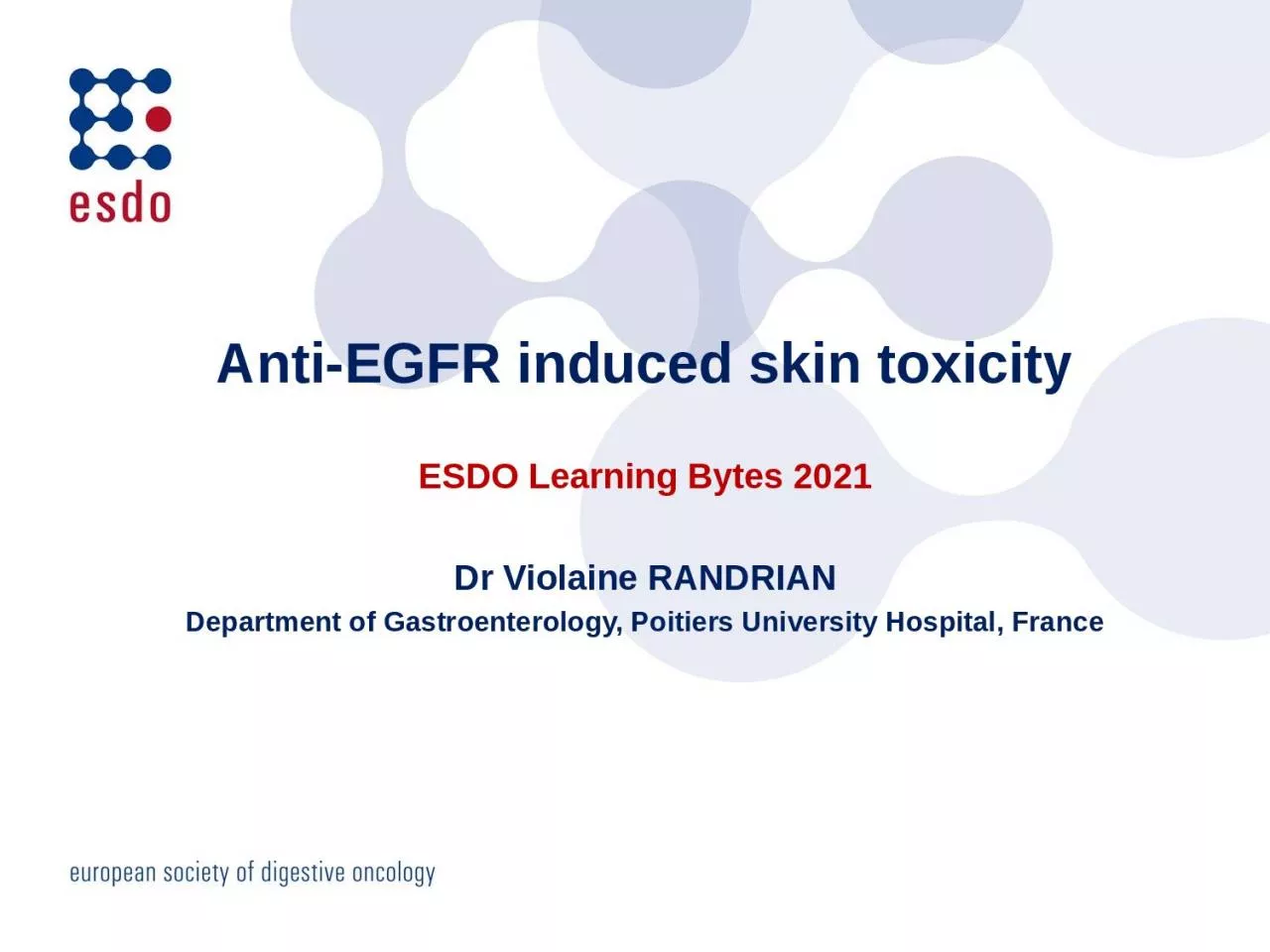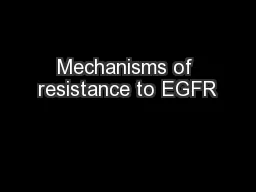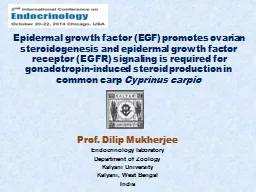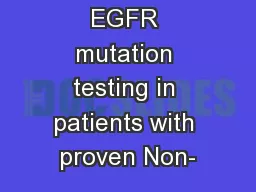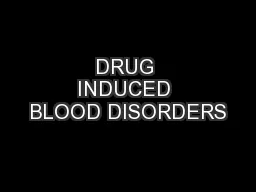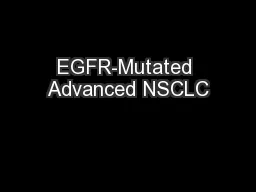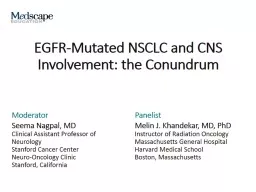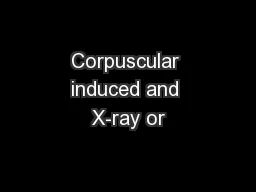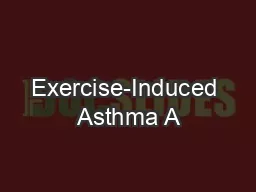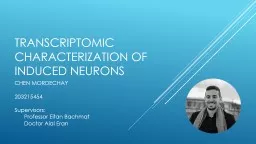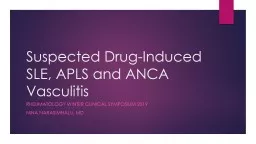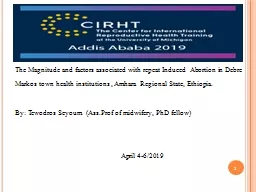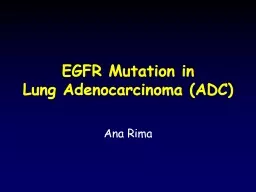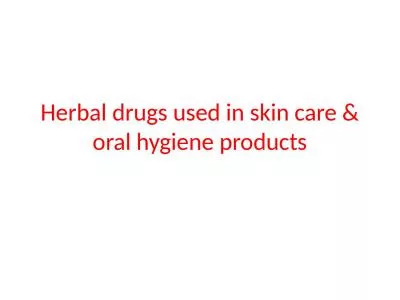PPT-Anti-EGFR induced skin
Author : berey | Published Date : 2024-01-29
toxicity ESDO Learning Bytes 2021 Dr Violaine RANDRIAN Department of Gastroenterology Poitiers University Hospital France DISCLOSURES AMGEN MERCK PHARMAFIELD BAYER
Presentation Embed Code
Download Presentation
Download Presentation The PPT/PDF document "Anti-EGFR induced skin" is the property of its rightful owner. Permission is granted to download and print the materials on this website for personal, non-commercial use only, and to display it on your personal computer provided you do not modify the materials and that you retain all copyright notices contained in the materials. By downloading content from our website, you accept the terms of this agreement.
Anti-EGFR induced skin: Transcript
Download Rules Of Document
"Anti-EGFR induced skin"The content belongs to its owner. You may download and print it for personal use, without modification, and keep all copyright notices. By downloading, you agree to these terms.
Related Documents

